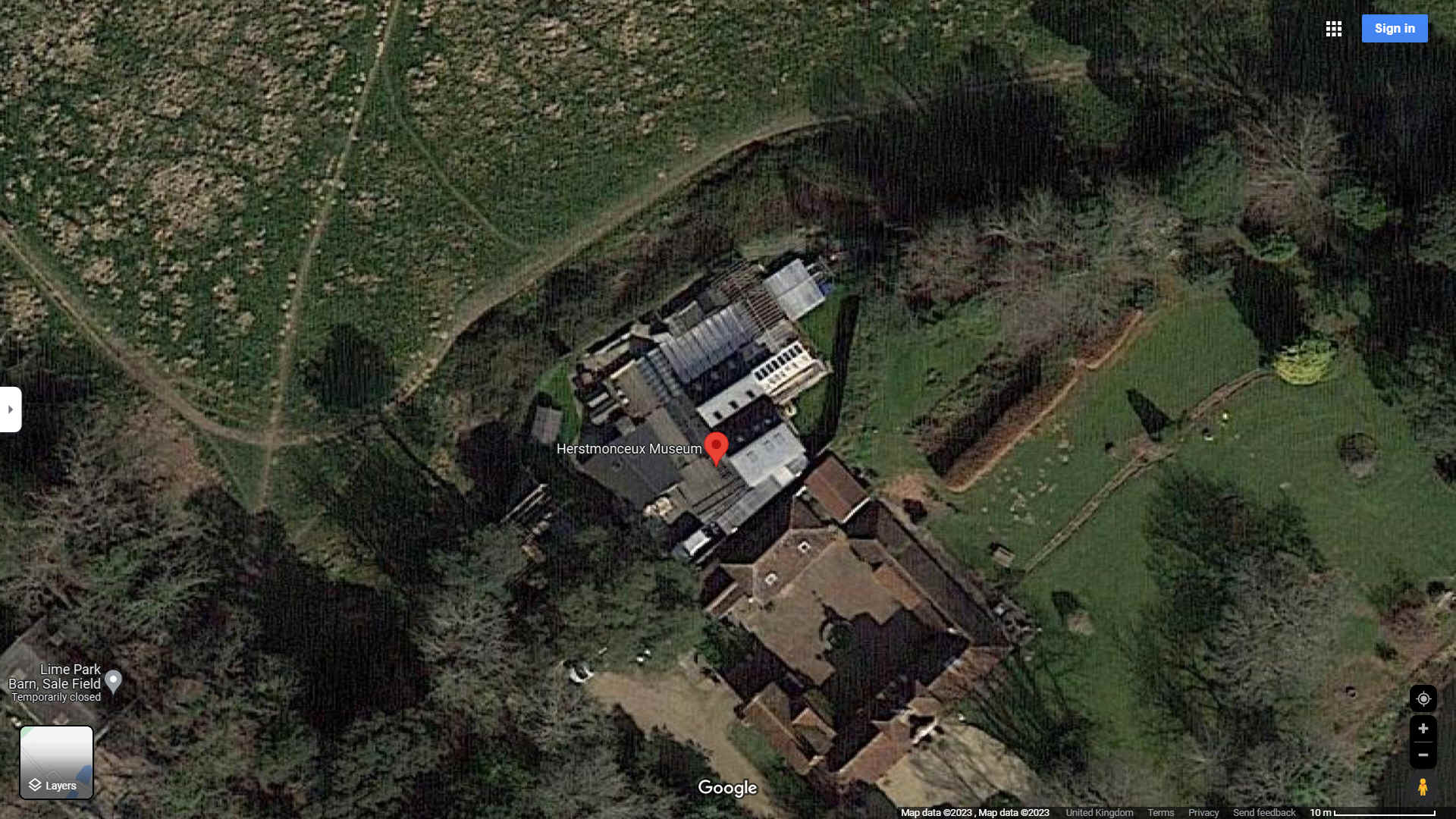|
3D VIRTUAL REALITY MUSEUM |
DEV. PHASE 2A |
|||||||||||||||||||||||||||||||||||||||||||||||||||||||||||||||||||||||||||||||||||||||
|
EXHIBITS FRIENDS HERITAGE HOME LIME PARK OPEN DAYS PARKING TECHNOLOGY UNESCO |
||||||||||||||||||||||||||||||||||||||||||||||||||||||||||||||||||||||||||||||||||||||||
|
It was either fated, or the most incredible set of coincidences, that brought the Generating Station's savoir together. For sure, without him, the proud new owner in 1981, had it in mind to demolish what they saw as a liability. That was until he was running short of change, and wanted to secure the skills of his best decorator & handyman.
PHASE TWO: 2-4 YEARS >> 2026-2030 - 3D VR
Having attained accredited status, the Trust/Museum is likely to need other tourist attractions as temporary uses to generate an income to pay for the upkeep and further development of Herstmonceux Museum, aimed at Phases 3-4, preparing for and then re-installation of a National gas engine and control gear to original specification.
As another (temporary) attraction, 3D Virtual Reality displays might be incorporated in the generating, machinery, and battery rooms, such as to allow visitors to wander inside all three Sheds, to visually experience the different components of the industrial complex. Indeed, this technology may be used to help archaeologist plan out and manage site restoration, in Phase 4, in three dimensions.
The DCMS are keen to promote the use of digital technology, as part of their cultural programmes. Architects and archaeologist might be able to work better together to visualize the proposed restoration, and plan how best to achieve the end goal.
EMINENTLY RECOVERABLE - An aerial view of Herstmonceux Museum in 2022, showing the public footpaths north of the generating buildings. Many of which are unregistered, but well trodden for over forty years, from our records.
Historic buildings need uses, for their owners/occupiers to be able to transcend, from trading to grading.
ACHIEVING THE IMPOSSIBLE
What at first seems like an impossible goal, might, if taken in smaller phased stages, become a reality. The ultimate objective is to restore the buildings to as near as possible, the original state in 1936, before electricity generation and battery power storage ceased. For that, we'd need a Business Plan, sufficiently well thought out, to be achievable, as a long term aim.
This in turn might attract limited investment from the UK and UNESCO, and even philanthropic contributions. We are already indebted to our volunteers and trustees, for giving freely of their time.
It is likely to be many years before the ultimate aim of displacing any existing uses, to be able to completely empty the buildings, so as to be able to reinstate a National (or similar) gas engine, and any machinery and associated equipment. For example, there was ice making equipment and an ice well on the site, according to the Original Operator Instructions from 1911, that together with the export of vegetables and electricity, would have been another innovative product, where prior to ice making machines, ice was imported from the Arctic. The Trust are suggestion allowing something like 10-15 years to achieve their aims. But this may be more, when it comes to exacting UNESCO standards.
The suggested 'Phases' will be developed, hopefully, with the cooperation of local and national government, and suggestions therefrom. The Trust is entirely flexible in it's thinking, and open to alternatives with a reasonable prospect of success.
CHAPTERS
CHARACTERS
There were many other contributors. If you know of any information that may help us complete this story, please get in touch.
|
||||||||||||||||||||||||||||||||||||||||||||||||||||||||||||||||||||||||||||||||||||||||
|
|
||||||||||||||||||||||||||||||||||||||||||||||||||||||||||||||||||||||||||||||||||||||||
|
EXHIBITS FRIENDS HERITAGE HOME LIME PARK OPEN DAYS PARKING TECHNOLOGY UNESCO
Copyright © 2023 Lime Park Heritage Trust. A not for profit organisation with charitable objects.
|
||||||||||||||||||||||||||||||||||||||||||||||||||||||||||||||||||||||||||||||||||||||||





